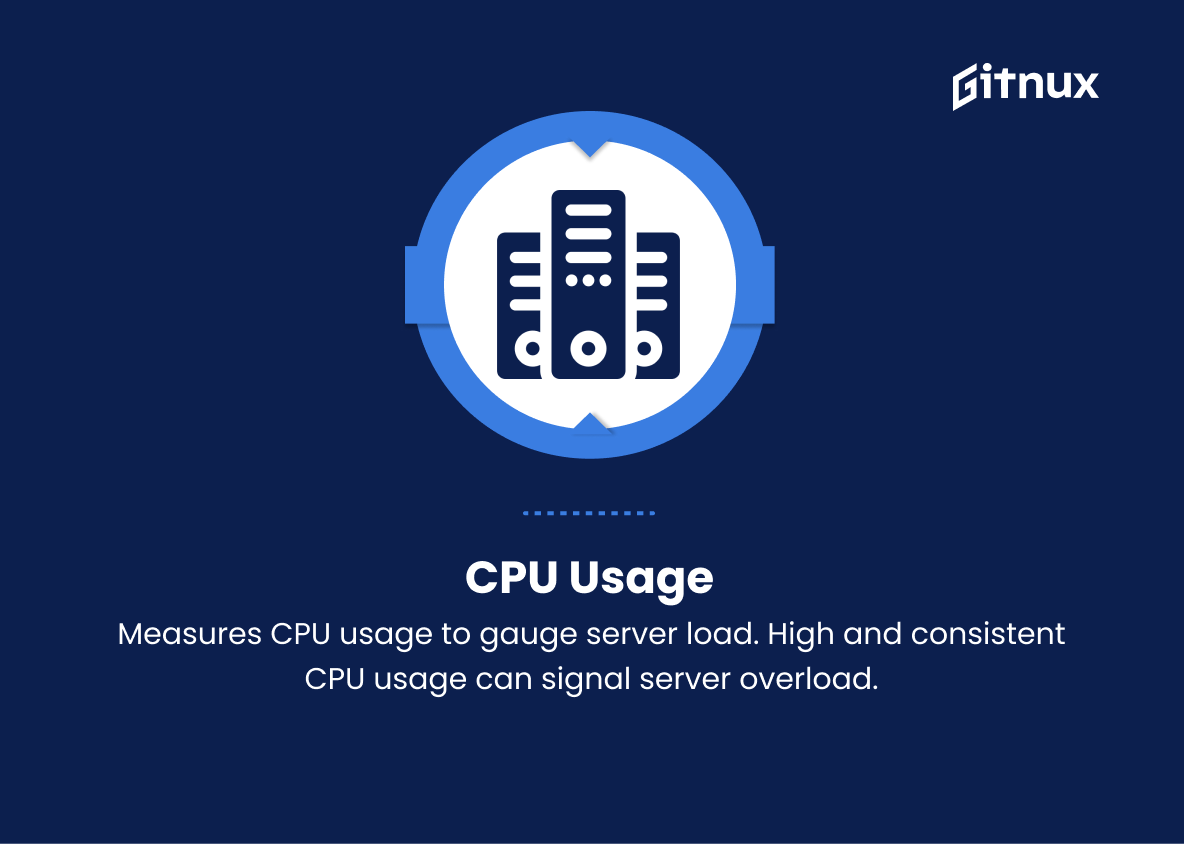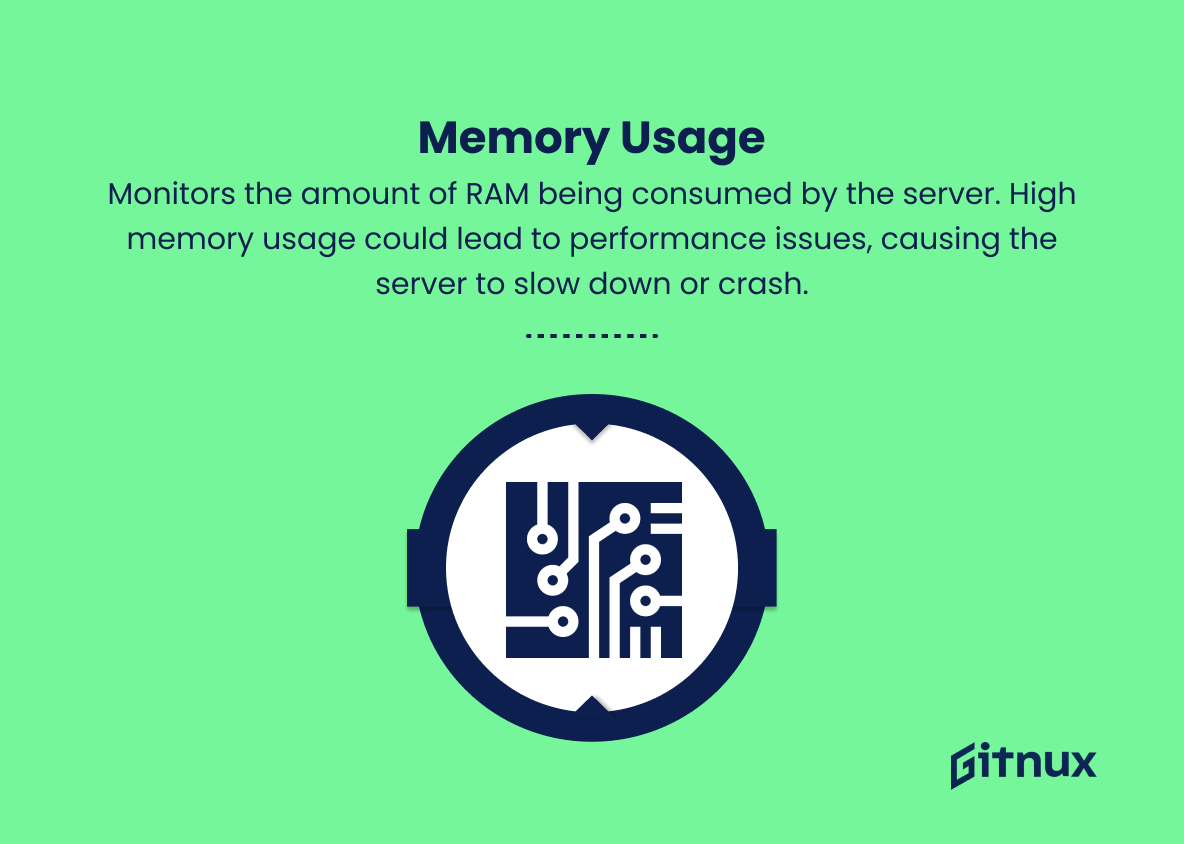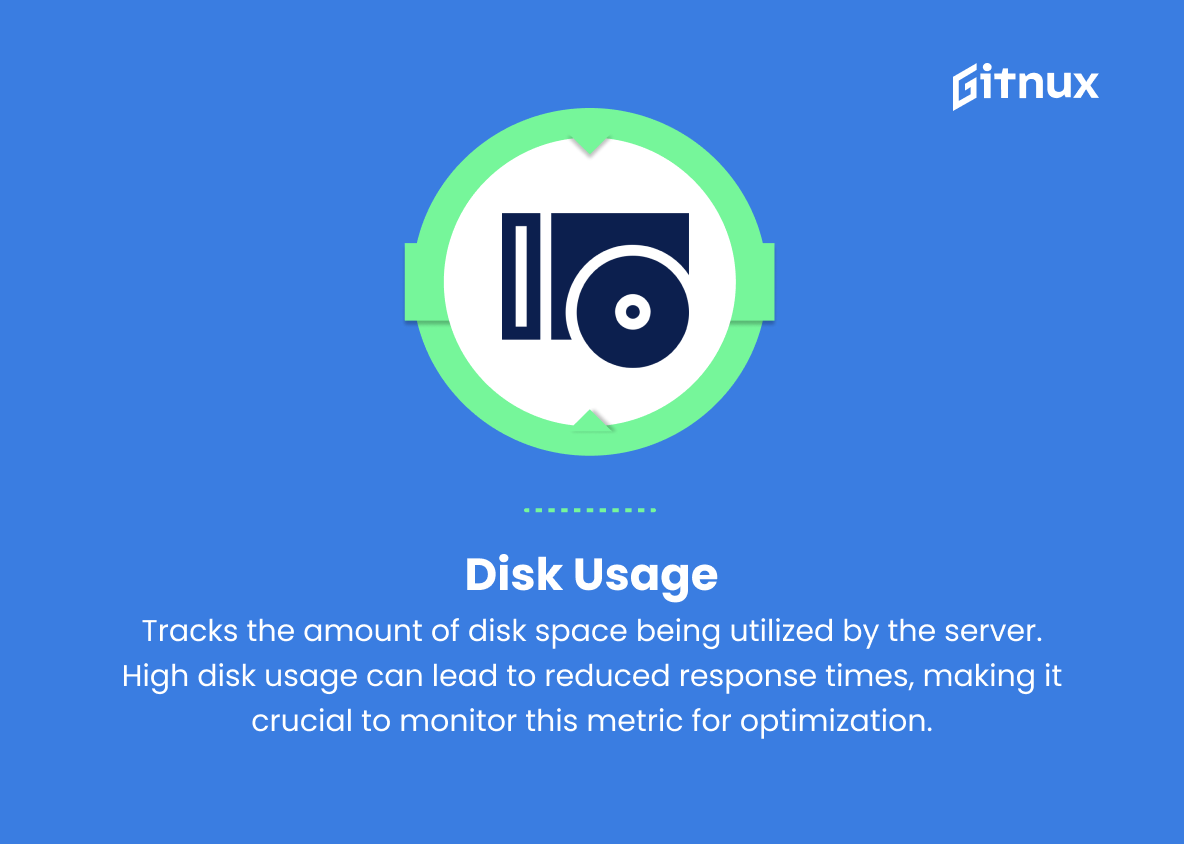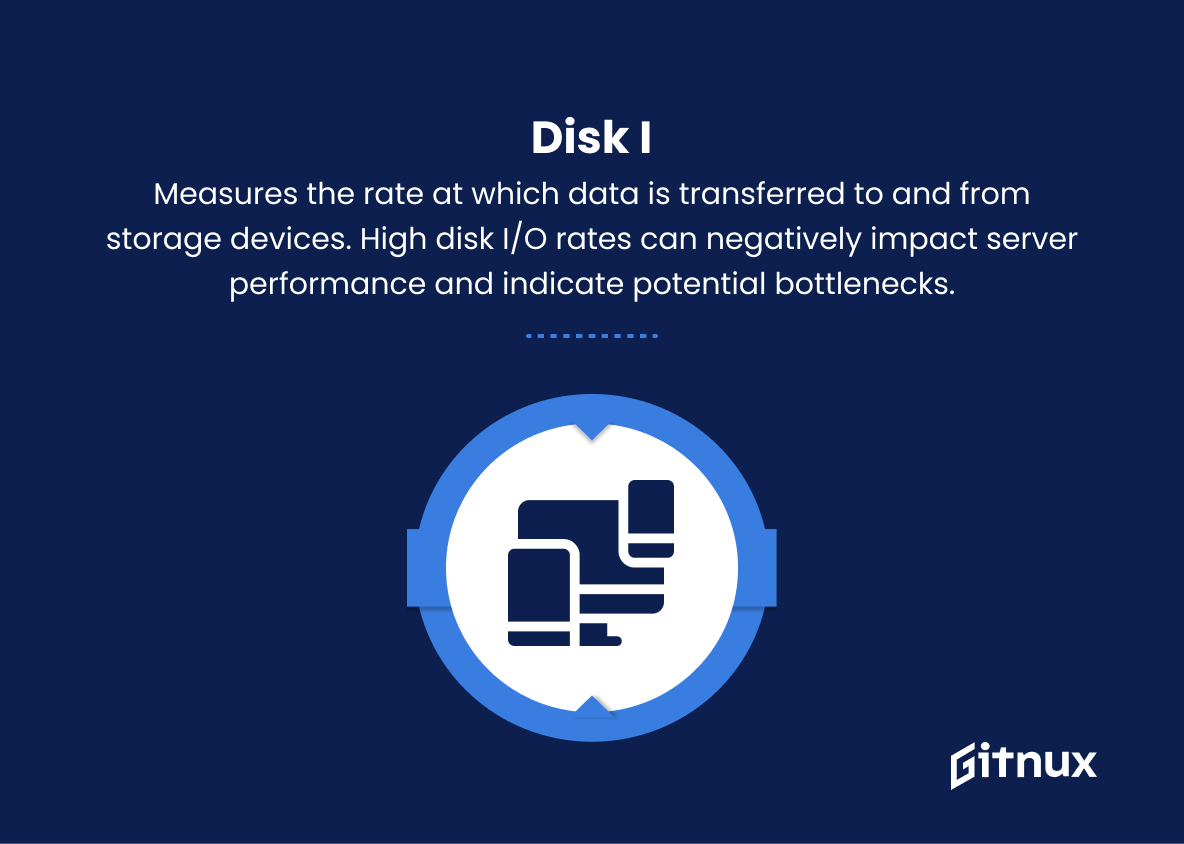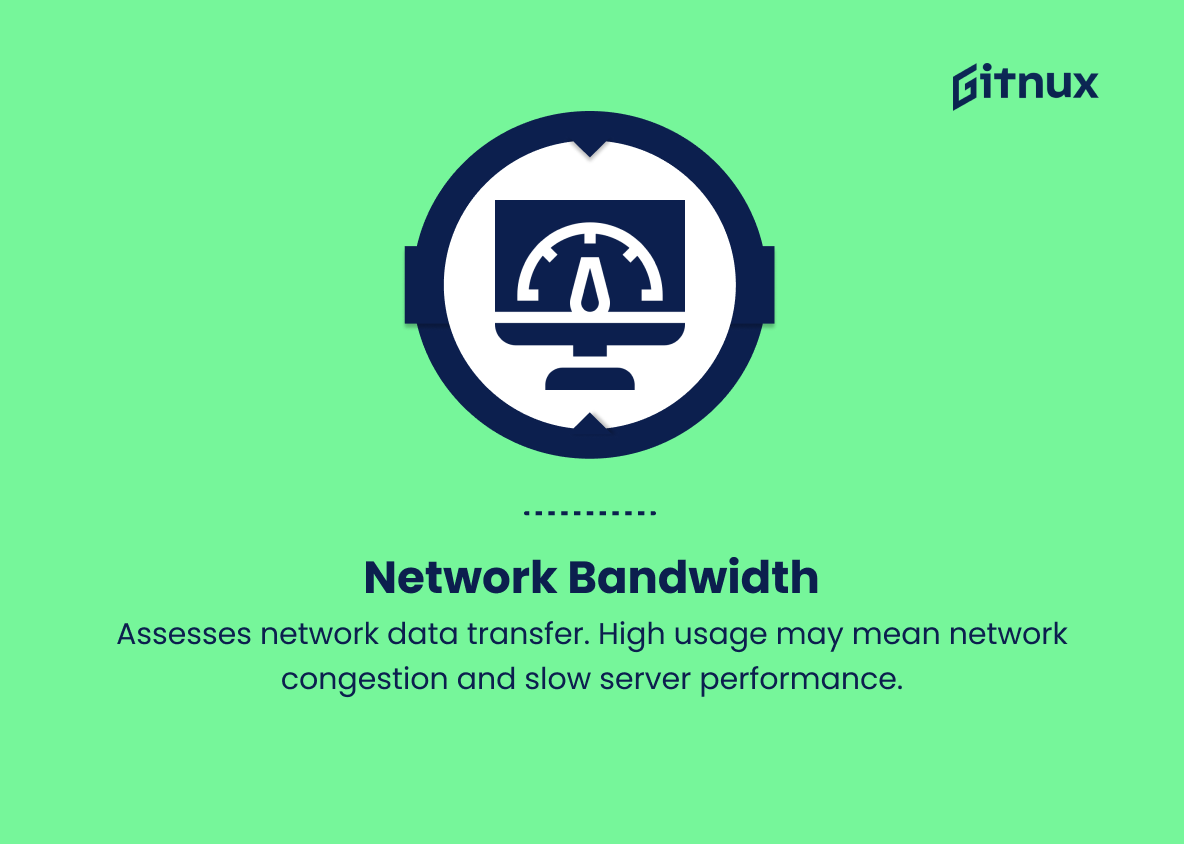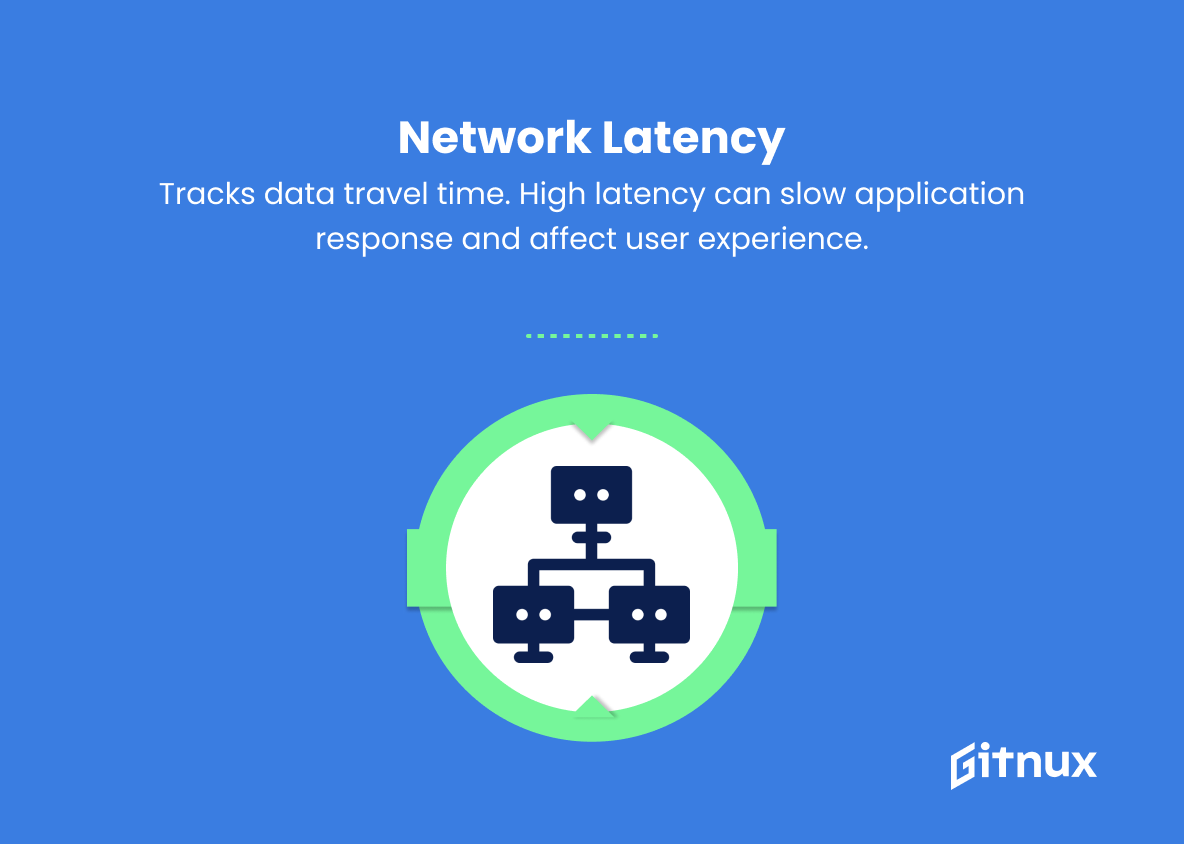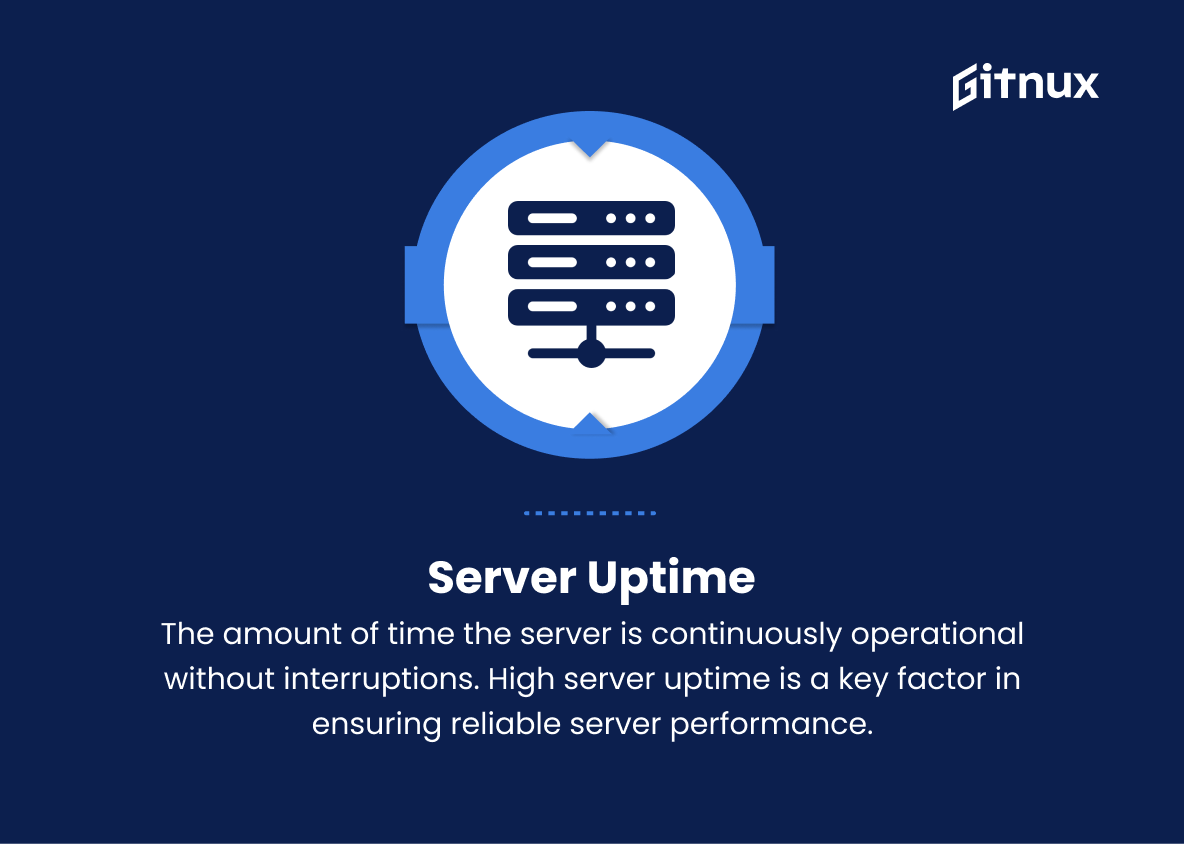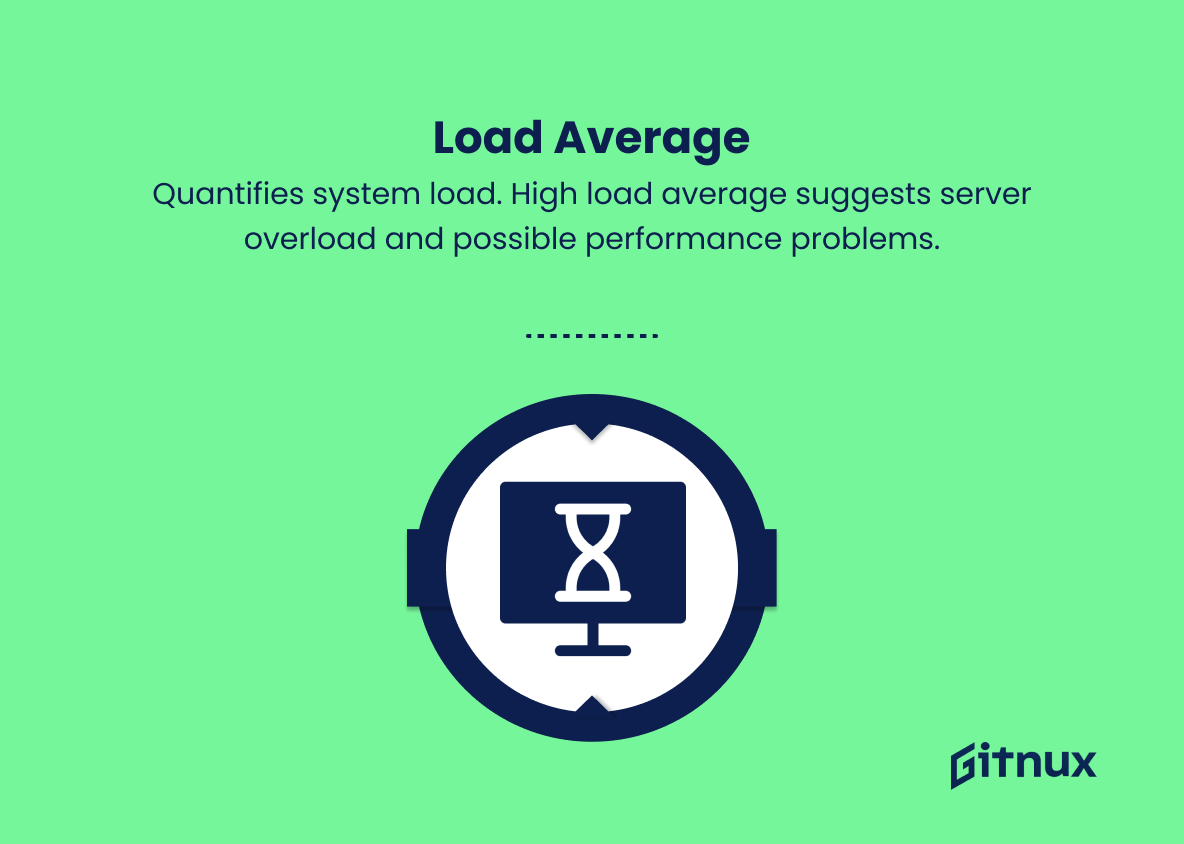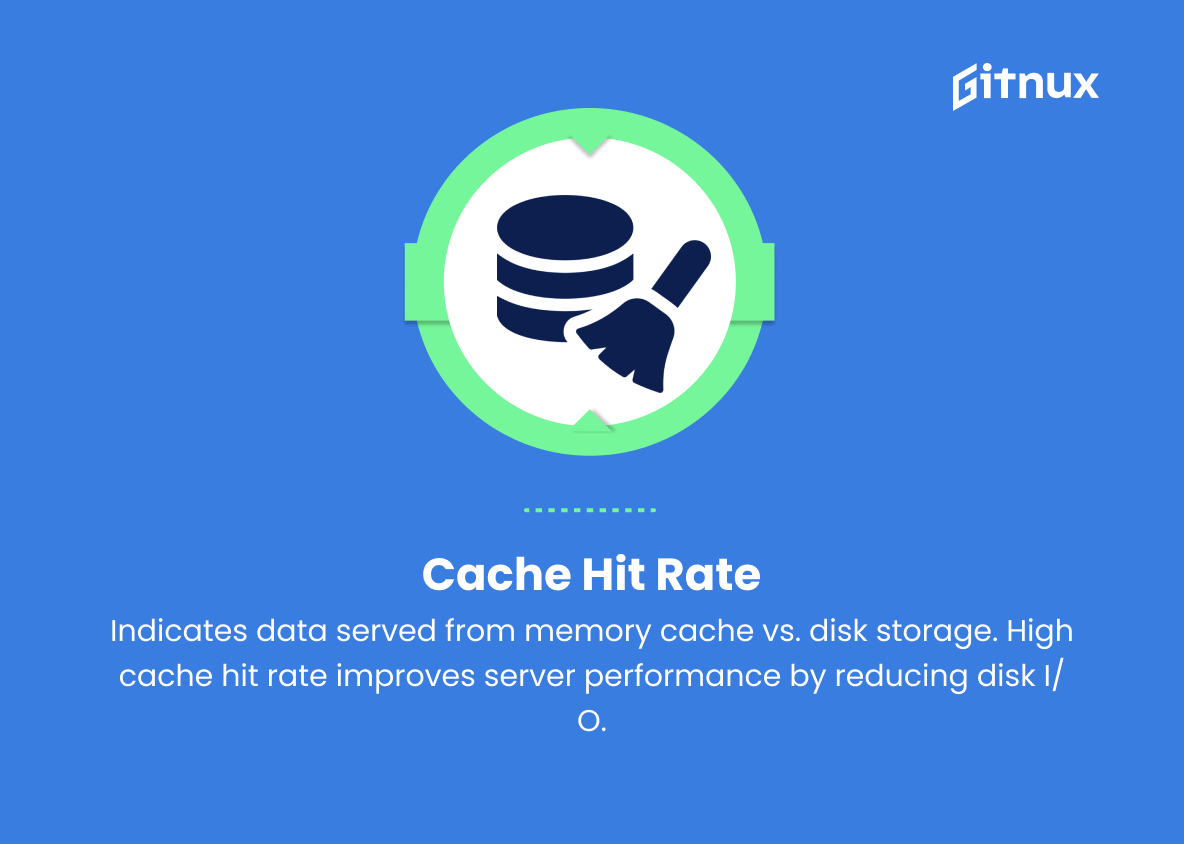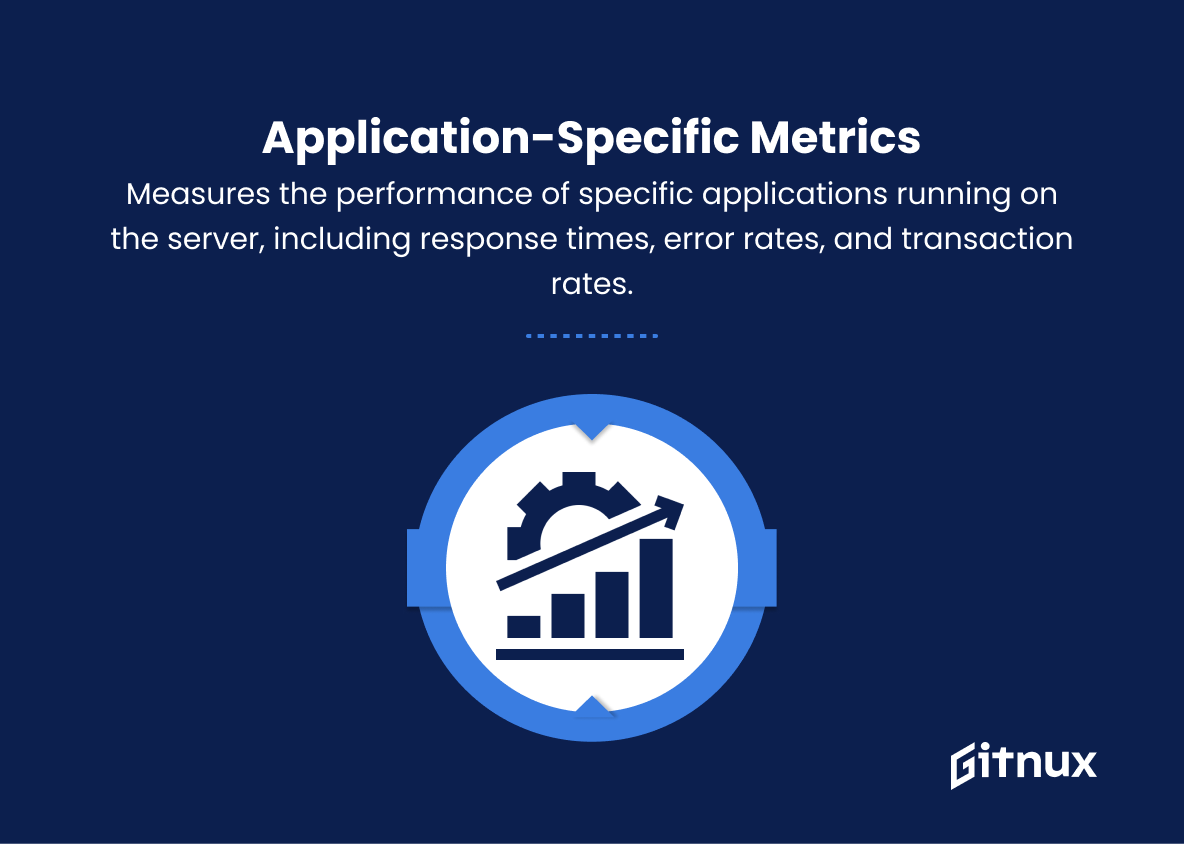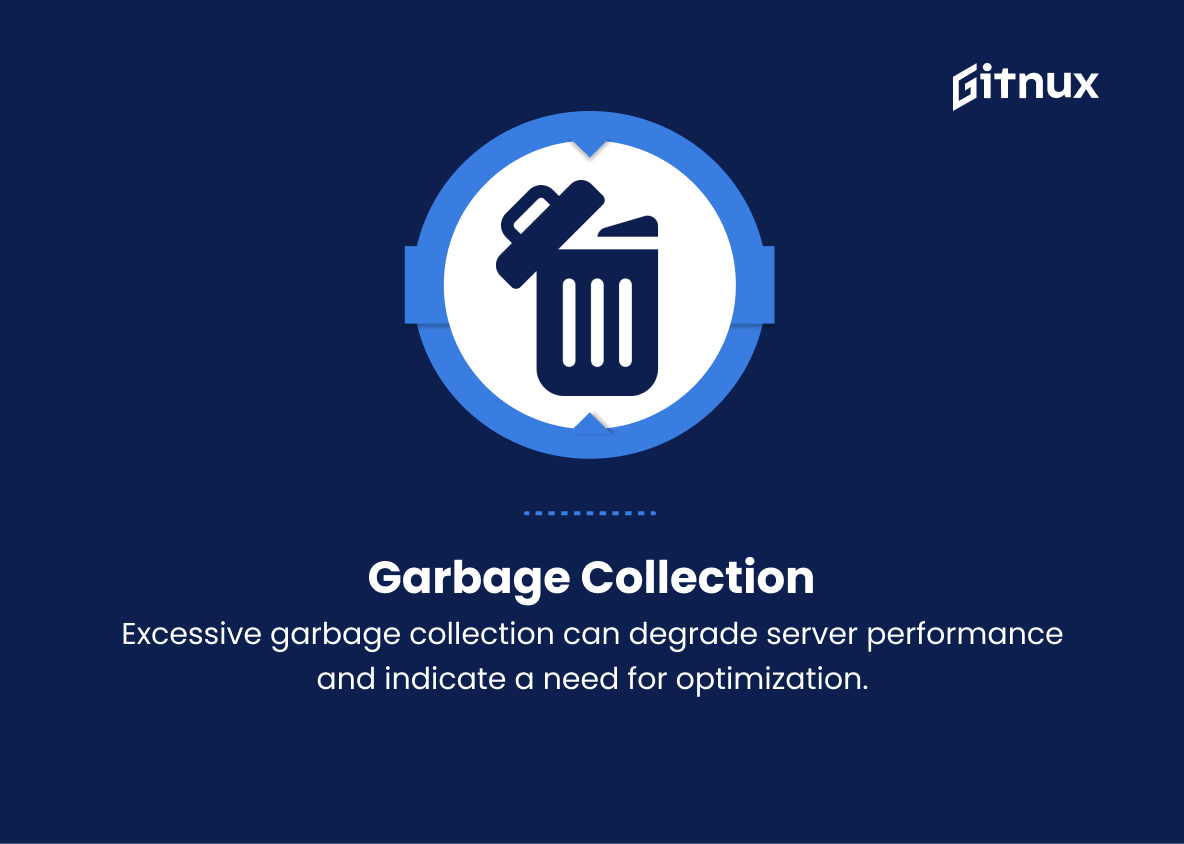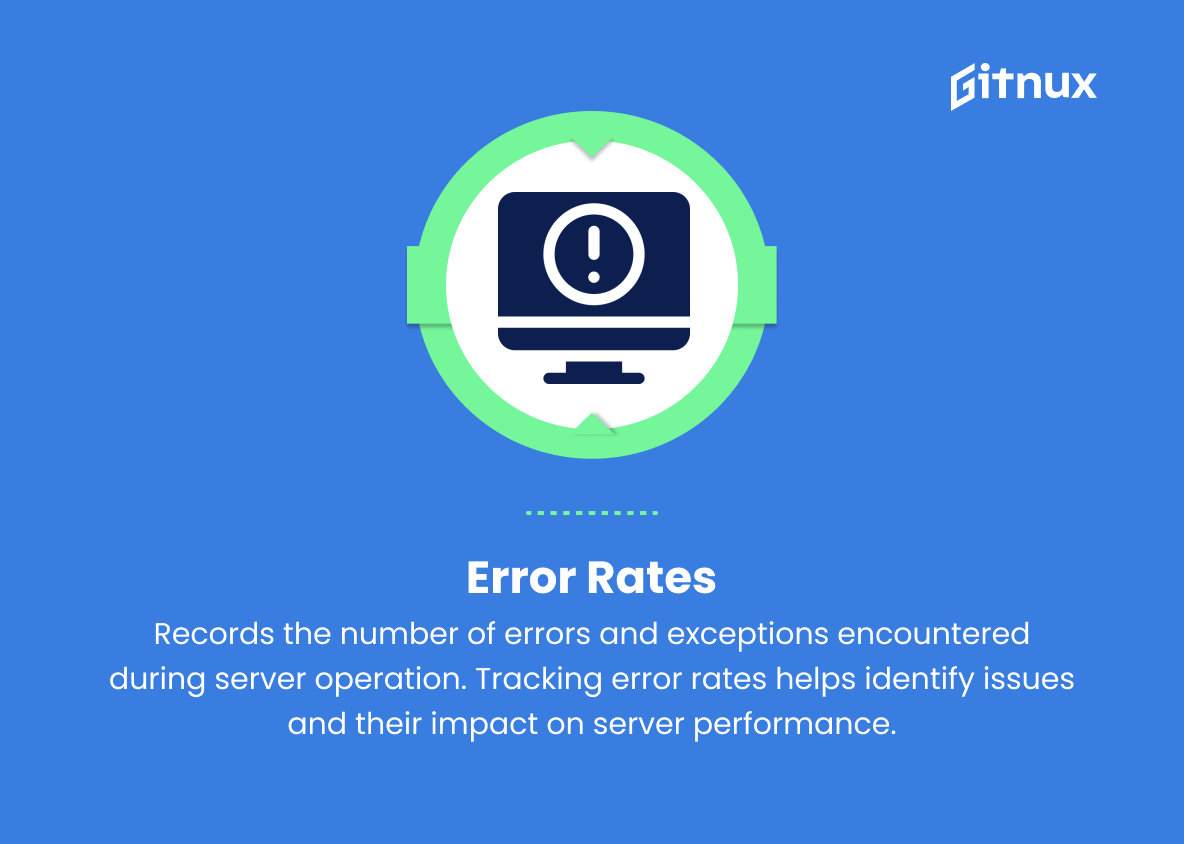In today’s digital landscape, ensuring optimal server performance has become a crucial priority for businesses of all sizes. As websites and applications continue to evolve, the underlying infrastructure that supports them must be closely monitored and effectively managed to provide users with seamless and uninterrupted experiences.
As a result, understanding the key server performance monitoring metrics is essential in achieving the delicate balance between resource utilization and user satisfaction. In this blog post, we will delve into the core performance metrics that you need to know, why they are important, and how you can leverage them to optimize your server environment and maintain a competitive edge in the market. So, buckle up and get ready to take a deep dive into the fascinating world of server performance monitoring.
Server Performance Monitoring Metrics You Should Know
1. CPU usage
Measures the percentage of CPU capacity that is being utilized by server processes, indicating the server’s computational load. A consistently high CPU usage may indicate an overloaded server.
2. Memory usage
Monitors the amount of RAM being consumed by the server. High memory usage could lead to performance issues, causing the server to slow down or crash.
3. Disk usage
Tracks the amount of disk space being utilized by the server. High disk usage can lead to reduced response times, making it crucial to monitor this metric for optimization.
4. Disk I
Measures the rate at which data is transferred to and from storage devices. High disk I/O rates can negatively impact server performance and indicate potential bottlenecks.
5. Network bandwidth
Evaluates the amount of data transmitted and received over the server’s network connections. High network bandwidth usage can be an indicator of network congestion and lead to slow server performance.
6. Network latency
Monitors the time it takes for data to travel from the server to its destination and back again. High latency times can result in slow application response times and negatively impact user experience.
7. Server uptime
The amount of time the server is continuously operational without interruptions. High server uptime is a key factor in ensuring reliable server performance.
8. Load average
A measure of system load, calculated by analyzing the number of processes waiting in the run queue, as well as the overall number of processes. A consistently high load average indicates an overloaded server and potential performance issues.
9. Cache hit rate
Shows the percentage of requested data served directly from memory cache instead of disk storage. A high cache hit rate can improve server performance by reducing the need for time-consuming disk I/O operations.
10. Application-specific metrics
Measures the performance of specific applications running on the server, including response times, error rates, and transaction rates. Monitoring these metrics can help identify issues with individual applications and their impact on server performance.
11. Page faults
Occurs when the server tries to access data that isn’t stored in memory. A high number of page faults can indicate insufficient memory or an issue with the application’s memory management.
12. Thread count
Represents the number of threads actively executing on the server. A sudden increase in thread count may indicate a problem with the application, such as a memory leak or deadlock.
13. Garbage collection
Monitors the efficiency of the server’s memory management by tracking the frequency and duration of garbage collection events. Excessive garbage collection can degrade server performance and indicate a need for optimization.
14. Response time
Measures the time taken by the server to process and respond to incoming requests. High response times can result in slow application performance and a poor user experience.
15. Error rates
Records the number of errors and exceptions encountered during server operation. Tracking error rates helps identify issues and their impact on server performance.
By closely monitoring these metrics, you can assess server performance and make adjustments as needed to optimize and maintain a reliable server environment.
Server Performance Monitoring Metrics Explained
Server performance monitoring metrics are essential for maintaining a reliable and efficient server environment. Metrics such as CPU usage, memory usage, and disk usage provide insights into the server’s computational load, memory consumption, and storage utilization, respectively. Monitoring disk I/O and network bandwidth help identify potential bottlenecks or network congestion that can impact server performance. Network latency and server uptime are important factors in ensuring fast application response times and overall system reliability.
Load average, cache hit rate, and application-specific metrics allow for detection of overloaded servers, optimization opportunities, and application-related issues. Monitoring factors like page faults, thread count, and garbage collection can highlight underlying problems such as insufficient memory or inefficient memory management. Finally, tracking response times and error rates can help maintain a smooth user experience by pinpointing issues affecting server performance. Overall, monitoring these metrics helps to optimize and continuously improve server performance, leading to a more reliable server environment.
Conclusion
In summary, server performance monitoring metrics are essential tools in optimizing server resources, ensuring the highest levels of efficiency, and increasing overall user satisfaction. By keeping a close eye on essential metrics like CPU usage, memory consumption, disk and network usage, and response times, organizations can detect any performance bottlenecks, make informed decisions to improve infrastructure, and predict potential problems before they escalate.
Ultimately, a comprehensive understanding of these metrics allows businesses to stay ahead of the ever-evolving digital landscape and maintain a competitive edge in the industry. So, never underestimate the value of efficient server performance monitoring and its vital role in driving success.
